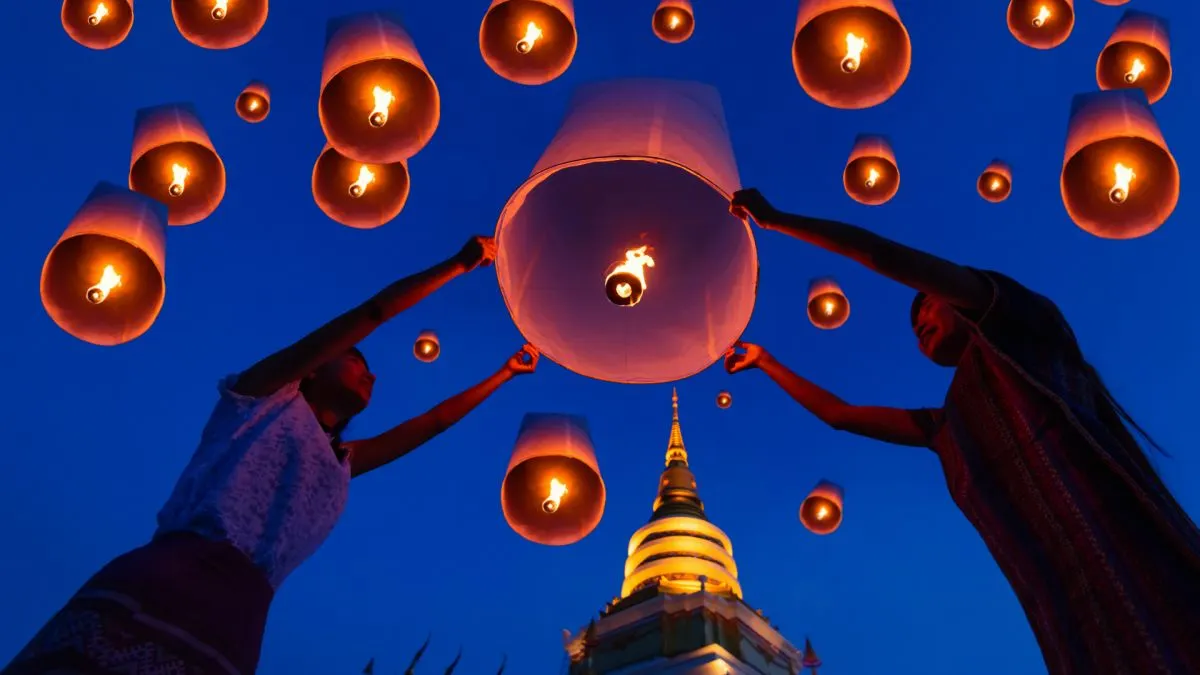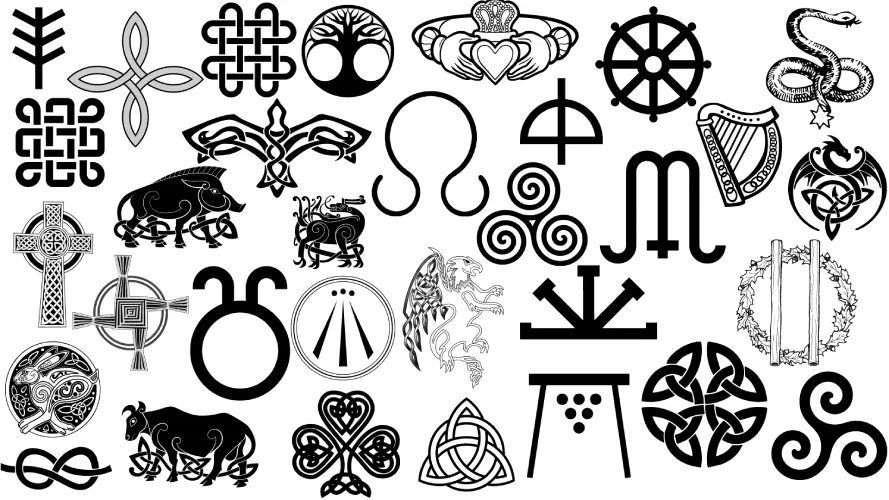Traditional Clothing and Fashion: The world of fashion is an ever-evolving landscape, with trends coming and going in the blink of an eye. However, amidst this constant change, traditional clothing stands as a symbol of cultural heritage and timeless elegance. Traditional garments carry stories of generations past, reflecting the rich history, values, and customs of a particular community. In this article, we will delve into the enchanting world of traditional clothing, celebrating its significance, exploring its diverse styles, and highlighting its enduring allure.
I. The Significance of Traditional Clothing
Traditional clothing holds immense cultural, social, and historical significance. It serves as a visual representation of a community’s identity, celebrating its heritage and customs. These garments often convey social status, marital status, religious affiliation, and regional affiliation. They are crafted with meticulous attention to detail, reflecting the skills and craftsmanship passed down through generations.
II. Styles of Traditional Clothing

A. Asia:
- Kimono (Japan): The elegant, loose-fitting kimono, adorned with intricate patterns, embodies grace and modesty.
- Hanbok (Korea): Vibrant and flowing, the hanbok boasts bold colors and delicate embroidery, reflecting the harmonious beauty of nature.
- Sari (India): The sari drapes gracefully around the body, offering a stunning array of fabrics, patterns, and designs that vary across regions.
B. Africa:
- Dashiki (West Africa): Bursting with vibrant colors and intricate patterns, the dashiki is a loose, flowing garment that symbolizes African pride and heritage.
- Kaftan (North Africa): The kaftan, with its flowing silhouette and ornate embellishments, epitomizes elegance and regality.
C. Europe:
- Dirndl (Germany): The dirndl is a traditional Bavarian dress, featuring a fitted bodice, full skirt, and apron, exuding charm and femininity.
- Kilt (Scotland): The kilt, made from tartan fabric, is a symbol of Scottish heritage and masculinity, worn proudly with a sense of tradition.
III. Preservation and Revival of Traditional Fashion
In an era dominated by globalized fashion trends, the preservation and revival of traditional clothing is crucial to maintain cultural diversity and promote sustainability.
A. Fashion Weeks and Runways:
Fashion weeks around the world have increasingly embraced traditional clothing, showcasing the fusion of modern and traditional designs. Designers incorporate traditional elements into their collections, infusing new life into age-old garments.
B. Cultural Celebrations and Festivals:
Traditional clothing takes center stage during cultural celebrations and festivals, providing a platform for communities to showcase their heritage. Events such as Diwali, Chinese New Year, and Oktoberfest offer glimpses into the diverse world of traditional fashion.
C. Global Awareness and Social Media:
Social media platforms have become powerful tools for promoting traditional fashion. Bloggers, influencers, and fashion enthusiasts use their platforms to raise awareness, showcase traditional garments, and encourage cultural appreciation.
D. Sustainable Fashion:
Traditional clothing inherently promotes sustainability. The use of locally sourced materials, handcrafted techniques, and timeless designs all contribute to reducing the environmental impact of fast fashion.
IV. Embracing Tradition in Modern Times
While traditional clothing has deep roots in the past, it continues to evolve and adapt to the modern world. Today, many individuals proudly incorporate traditional elements into their everyday wardrobes, blending cultural heritage with contemporary styles.

Traditional clothing and fashion are more than just garments; they represent a connection to our roots, a celebration of diversity, and a testament to the endurance of timeless elegance.
Read Also: Men’s Fashion Accessories
![]()





